Judy Millar
Be Do Be Do Be Do
8 June–27 July 20138 Jun–27 Jul 2013
Every time I make a painting I’m dragging the whole history of painting with me.—Judy Millar
Post-expressionist painter Judy Millar is a paradox. She seems to do everything she can to distance herself from the old idea of authentic, expressive painting. She has made candy-coloured, heroically-scaled, parodic abstract-expressionist paintings. She has blown-up her painterly gestures using a billboard printer. She has attached these printed ‘paintings’ to giant sculptural supports (so it’s hard to tell if her painterly gestures are in competition or cahoots with their support). Recently asked if she was trying to denature or dehumanise the brushstroke, Millar explained, ‘I’m not trying to dehumanise it. If anything I’m trying to rehumanise it. I’m trying to give it more authority. Despite the absurd scale, you still relate to the work through your body.’ So, regardless of her apparent efforts to put expressive painting in scare quotes, Millar’s works continue to court affect. They attest to the incredible resilience and efficacy of painting—a medium that has survived (but been transformed by) its many ‘deaths’.
For Be Do Be Do Be Do, Millar offers further turn of the screw. She has created three massive, ribbon-like paintings of enlarged, handpainted half-tone dots. Half-tone dots may be a standard trope of pop art (trademark of Andy Warhol, Roy Lichtenstein, and Sigmar Polke), but here they are scrambled with the expansive scale of AbEx murals. Millar made the paintings on bendy ply, which she then contorted into complex curves, creating a play between the painted forms and the sculptural ones, between the Arp-like biomorphism of the painting and the Serra-like architecture of the scrolling wood. One painting, sitting on its edge, barricades a gallery; one, mounted to the wall, is all fleshly folds and love handles; another hangs from the ceiling from a harness, unfurling, flaccid, across the floor, revealing its pink underside. A further installation juxtaposes handpainted dots with mechanically reproduced ones. It’s painting as physical comedy—slapstick.















